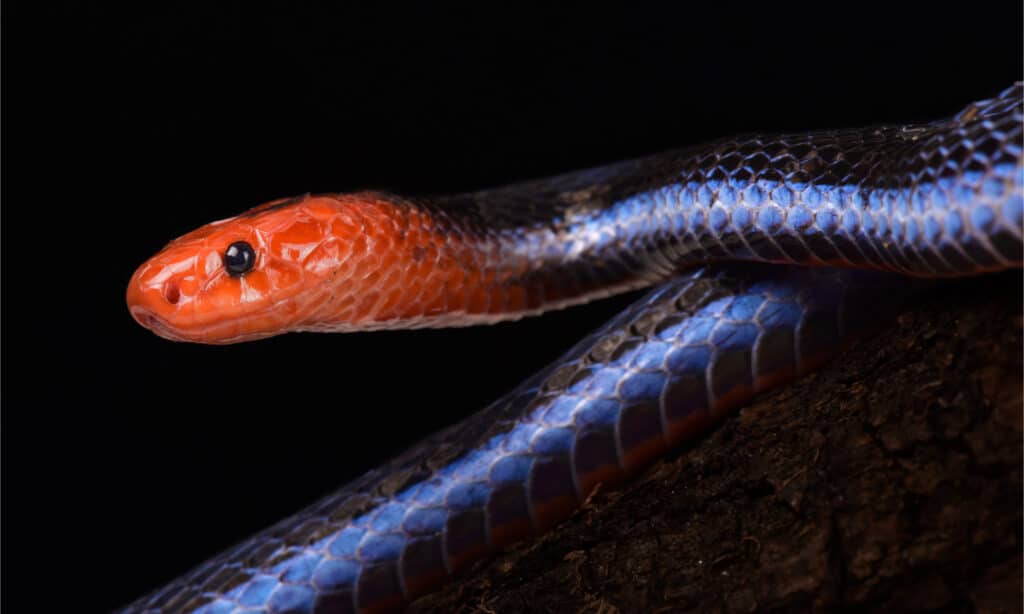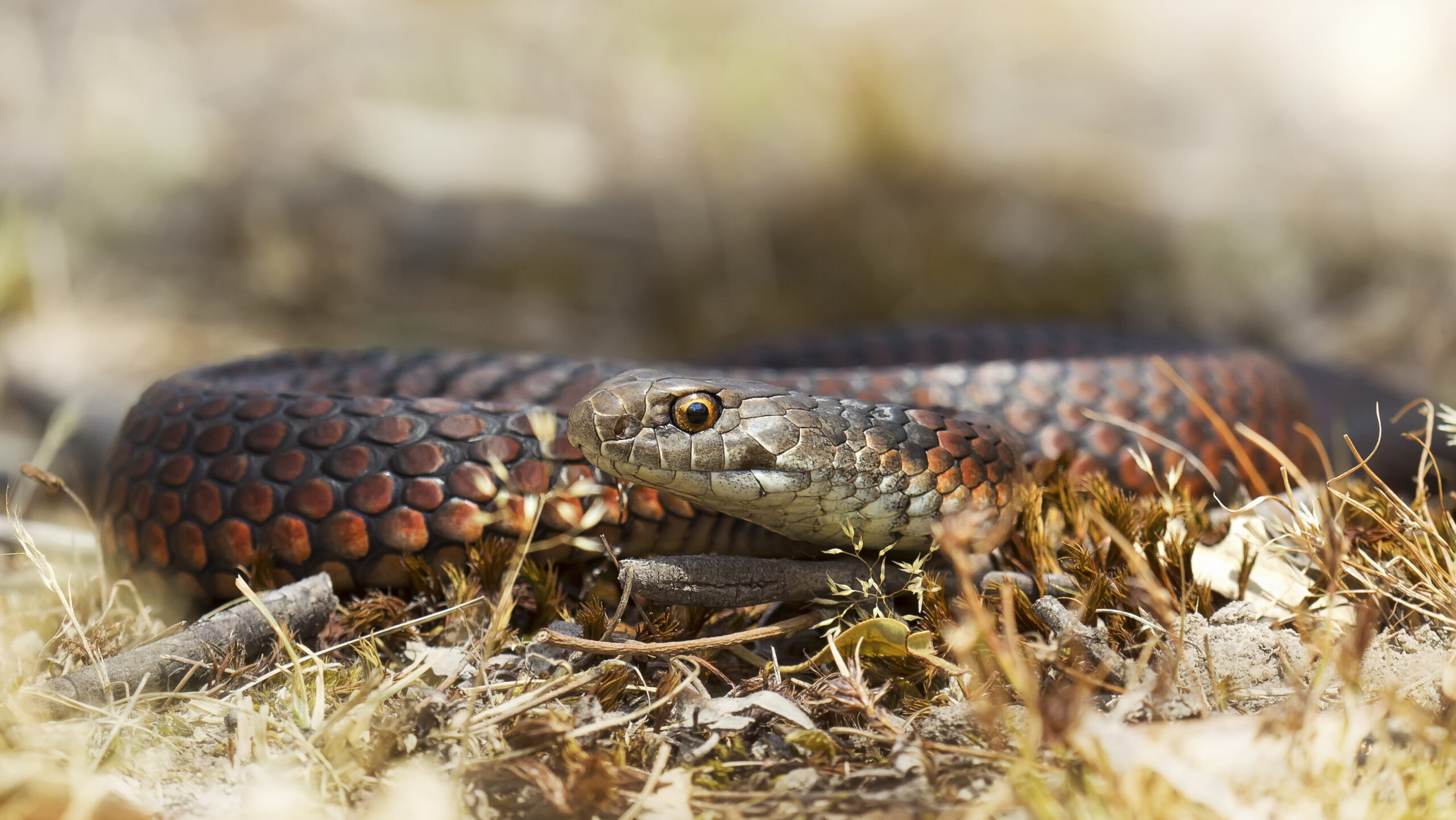Introduction
Australia, a land of diverse wild animals, is home to several remarkable creatures, consisting of serpents that can inspire both admiration and concern. Amongst these serpents is the tiger snake, understood for its striking appearance and credibility as a poisonous killer. As a result, one inquiry regularly occurs: Are tiger snakes venomous? This post will certainly delve into the myths and realities bordering tiger serpents, their environment, actions, medical ramifications of their bites, and much more.
Are Tiger Snakes Venomous?
When it comes to the question of whether tiger snakes are poisonous, the response is an unquestionable yes. Tiger serpents (Notechis scutatus) are undoubtedly poisonous and rank amongst the most unsafe serpents in Australia. Their poison Limb immobilization consists of powerful neurotoxins that can lead to paralysis and even death otherwise dealt with quickly.
While deaths from tiger serpent bites have come to be less usual due to advancements in medical treatment and antivenom schedule, this does not reduce the need for care when encountering these reptiles. The possible impacts of a tiger snake bite consist of serious pain at the site of the bite, swelling, nausea or vomiting, problem breathing, and neurological signs and symptoms such as weakness or paralysis.
Types of Tiger Snakes
In Australia, there are numerous recognized subspecies of tiger serpents:
- Eastern Tiger Serpent (Notechis scutatus): Discovered largely in southeastern Australia. Tasmanian Tiger Serpent (Notechis scutatus): A subspecies located only in Tasmania. Black Tiger Snake: Known for its darker coloration.
Each of these varieties has variations in size and actions yet shares comparable venom characteristics.
The Environment of Tiger Snakes
Where Do They Live?
Tiger snakes are versatile animals discovered across different environments throughout Australia. They typically inhabit seaside areas however can also be located in wetlands, swamps, waterfronts, and forests. Their choice for moisture-rich settings makes them proficient swimmers; thus they prosper near water bodies like lakes or marshes.
Geographical Distribution
- Southeastern Coast: Home to Eastern tiger snakes. Tasmania: Controlled by Tasmanian tiger snakes. Northern Regions: Where you might encounter less generally seen variants.
Habitat Preferences
Tiger snakes favor locations with abundant cover where they can hide from predators while hunting for victim. They frequently hunt little creatures, frogs, birds, and also fish-- making them flexible hunters within their ecological niche.
The Anatomy of a Tiger Snake
Physical Characteristics
Tiger snakes have distinct physical attributes that differentiate them from other Australian reptiles:
- Coloration: Generally grouped with yellow or light-colored red stripes on a dark background. Size: They can mature to 2 meters long; nonetheless, typical dimensions vary in between 1.2 to 1.5 meters.
The distinct coloration offers both as camouflage against killers and while stalking victim in their all-natural habitat.
Behavioral Traits
Understanding the behavior patterns of tiger serpents is crucial for those living within their geographical array:
- Nocturnal Activity: They are primarily energetic in the evening yet may also quest during the day. Defensive Behavior: When intimidated, tiger snakes may hiss loudly or flatten their bodies-- an indication showing they feel cornered.
Tiger Serpent Bite Symptoms
If bitten by a tiger snake, people ought to expect details symptoms that show up right after:
Severe local pain Swelling around the bite area Nausea or vomiting Difficulty breathing Neurological signs such as muscle weakness
It's important never to take too lightly these indications; prompt medical focus is vital adhering to any type of snake bite incident.
First Help for Serpent Bites
Immediate Activities After a Bite
Knowing how to respond quickly can save lives when handling possible western brown snake serpent bites:


Stay calmness and still-- motion enhances venom spread. Call emergency solutions immediately. Keep the impacted arm or leg paralyzed below heart level. Avoid cutting or drawing out poison; this old spouses' tale might get worse conditions. Remove limited apparel or fashion jewelry near the bite site.
First Aid Set Essentials for Serpent Bites
A well-stocked first aid package must include things especially helpful in treating snake bites:
|Product|Function|| --------------------------------|-----------------------------------------------|| Sterilized plasters|To cover wounds|| Antibacterial wipes|To clean up around bite area|| Emergency call numbers|For quick access throughout emergency situations|| Compression bandage|To help debilitate influenced arm or leg|
Proper preparation can make all the distinction when an emergency situation strikes.
Fact vs Misconception About Tiger Snakes
Myth 1: All Snakes Are Aggressive
Contrary to typical idea, not all snake species exhibit aggression towards human beings. In fact, lots of would rather retreat than confront us.
Myth 2: A Bite Always Results In Death
While deadly attacks do occur-- many thanks mostly to postponed treatment-- the majority of attacks are non-fatal if treated quickly with antivenom.
Myth 3: You Can Suck Out Venom
This widely held idea is Great post to read false; trying to suck out venom only enhances problems rather than minimizing them!
FAQs
1. Are infant tiger snakes a lot more unsafe than adults?
Baby tiger snakes may have less venom than adults yet commonly provide bites readily because of being even more frightened.
2. The length of time does it take for signs and symptoms to show up after a bite?
Symptoms usually appear within mins but can occasionally take hours relying on aspects like private health conditions.
3. What should I do if I see a tiger snake?
Maintain distance! Stay clear of provoking it; most encounters finish without case if you value their space.
4. Is there an antivenom available for tiger serpent bites?
Yes! Antivenom exists specifically formulated for treating ailments caused by tiger snake bites-- it's important to look for professional medical help immediately!
5. Can I keep a tiger snake as a pet?
Keeping any type of wild snake species presents considerable risks due mostly to their breeding routines & & nutritional demands-- it's ideal left in nature!
6. How common are serpent bites in Australia?
Australia sees hundreds of snakebite cases annual; nevertheless casualties have decreased substantially thanks mainly due improved awareness & & health care access!
Conclusion
In verdict, recognizing whether "Are Tiger Snakes Venomous?" lugs considerable implications for personal safety and security when engaging with these remarkable reptiles belonging to Australia's diverse communities can not be overstated!

Arming ourselves with expertise regarding these creatures-- from their environments and habits down via efficient emergency treatment methods-- empowers us towards more secure coexistence together with wildlife while mitigating dangers connected with unexpected encounters!
By fostering education and learning regarding our atmosphere's intricacies-- not simply concentrating exclusively on fear-- we lead paths towards much better recognition & & preservation efforts profiting both humankind & & nature alike!